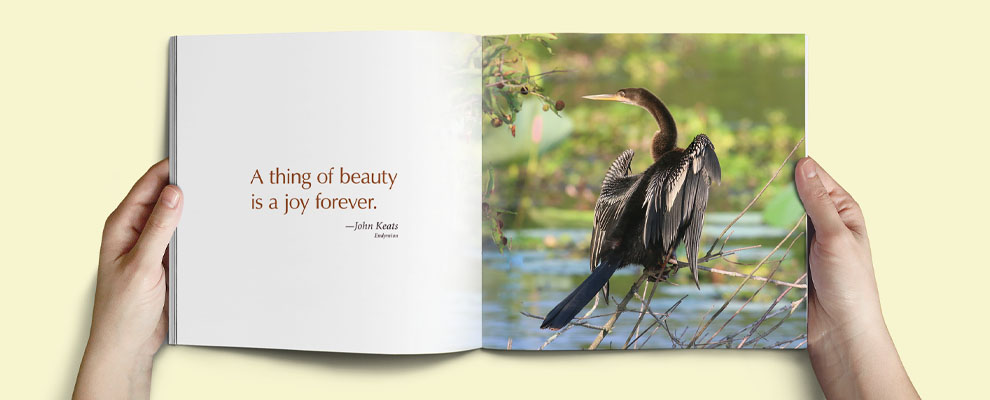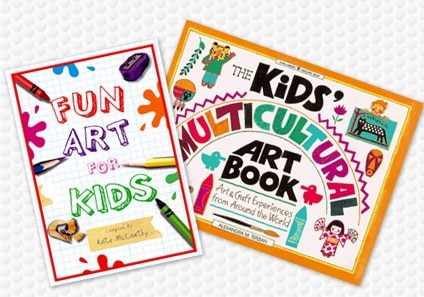Matte or Gloss: Choosing the Best Paper for Your art book
Matte or Gloss: Choosing the Best Paper for Your art book
Blog Article
Discover the Important Overview to Art Book Printing for Aspiring Artists and Publishers
As an aspiring musician or publisher, recognizing the nuances of art book printing is crucial to bringing your vision to life. You'll require to think about numerous elements, from selecting the right kind of book to making certain color accuracy and picking suitable materials. Each choice influences the final product considerably. So, what are the crucial elements you should concentrate on to develop a spectacular art book that genuinely represents your job?
Comprehending Different Sorts Of Art Books
When you plunge into the world of art books, you'll swiftly find that they can be found in various forms, each tailored to different artistic expressions and audiences. Coffee table publications often showcase stunning visuals, perfect for casual surfing, while essays dive deep right into a specific musician's job, supplying context and insights. If you have an interest in particular art movements, exhibition catalogs offer detailed documents of programs, featuring essays and critiques.
For instructional purposes, art guidebooks and method books direct you through numerous tools and styles, making them important for aspiring artists. Limited version or musician books obscure the lines in between art and literary works, typically incorporating unique layout aspects or handmade functions. Comprehending these kinds assists you determine what reverberates with you and what might ideal fit your target market. Each style offers its function, and knowing their differences can enhance your art book trip.
Selecting the Right Paper and Products
Choosing the appropriate paper and materials can significantly affect the total high quality and feeling of your art book. For vivid colors and complex information, opt for a glossy surface or a heavyweight matte paper that enhances visual depth.
Believe regarding the weight of the paper, also. Thicker alternatives often provide a more expert look, while lighter documents can lower printing prices. Do not ignore the binding materials; a durable cover can safeguard your pages and include in the book's aesthetic.
Ultimately, take into consideration sustainability. Green alternatives are obtaining appeal and can show your values as an artist. By carefully picking your paper and products, you'll ensure that your art book not only looks fantastic but additionally really feels special in the hands of your readers.

Choosing the Best Printing Techniques
When it pertains to printing your art book, picking between countered and digital printing can substantially influence your end product. You'll additionally wish to think about exactly how paper top quality impacts the total look of your artwork. Allow's explore these crucial printing techniques to discover the very best fit for your task.
Offset vs. Digital Printing
While both offset and digital printing have their advantages, choosing the right technique for your art book can significantly affect the final product. Balanced out printing provides top notch photos and lively shades, making it suitable for bigger print runs. Eventually, your option must line up with your creative vision and distribution strategy, ensuring that your art book reflects the top quality you want.
Paper Top Quality Factors To Consider
Picking the best paper quality can substantially improve the aesthetic charm and tactile experience of your art book. For prints, a glossy coating can make pictures pop, while a matte coating supplies a softer, much more refined look.
Next, think of the sustainability of your choice. Eco-friendly alternatives are becoming significantly popular and can interest environmentally-conscious readers. Demand samples to see just how different papers function with your art work, guaranteeing the last product shows your vision flawlessly.
Ensuring Color Precision in Your Prints
To achieve spectacular prints, you require to focus on color precision from the start. You'll want to utilize shade calibration techniques to verify your screen and printer remain in sync. Additionally, proofing your work before the last print run can aid catch any inconsistencies, assuring your art looks why not try here simply as you visualized.
Color Calibration Methods
Ensuring color precision in your prints begins with efficient color calibration strategies that aid preserve consistency in between your electronic pictures and final published products. Next, pick a shade profile matched for your printing procedure, like CMYK for print materials. By consistently using these methods, you'll enhance the total high quality of your art prints and better share your creative vision.
Proofing for Accuracy
While you could believe your digital photos are prepared for print, proofing is essential for attaining color precision. Before committing to a complete print run, always ask for a proof from your printer. This permits you to see exactly how shades equate from screen to paper. Contrast the proof with your adjusted monitor to detect any type of disparities. Focus on saturation, illumination, and color, as go right here these factors can substantially affect your end product.
If changes are needed, interact plainly with your printer about your wanted outcomes. Don't think twice to demand multiple evidence if essential; it's worth the financial investment to obtain it right. Ultimately, detailed proofing guarantees that your artwork is stood for as you pictured it, maintaining your artistic stability throughout the printing procedure.

Designing Layouts That Enhance Your Artwork
When you create formats for your art book, it's necessary to contemplate how each component interacts with your art work. Aim for an equilibrium in between visuals and message, making sure neither eclipses the various other. Use white space strategically; it gives your art work area to take a breath and accentuates its details.
Consider the circulation of your book. Set up pictures in a manner that guides the viewers's eye, developing a story or thematic progression. art book. Vary the dimensions and positionings of your artwork to keep the format vibrant and interesting
Select fonts that enhance your artwork without distracting from it. Maintain message concise and pertinent, supplying context or insight that enhances the visitor's experience.
Lastly, test various designs. Print examples to see how the layouts equate on paper, and readjust as needed. By attentively creating your layouts, you'll develop a visually engaging art book that reverberates with your audience.
Binding Choices for a Professional End Up
Selecting the right binding alternative can considerably influence the general presentation of your art book. You'll wish to consider both aesthetic appeals and durability when making your choice. Popular alternatives include excellent binding, which provides a streamlined look and is excellent for thicker books; saddle sewing, ideal for smaller sized pamphlets; and spiral binding, which enables web pages to lay flat for simple watching.
If you're aiming for a costs feel, situation binding is an excellent option, giving a durable cover and a specialist look (art book). Don't ignore the cover material; alternatives like cloth, leather, or a shiny coating can elevate your book's charm
Whatever alternative you choose, ensure it matches your art work and enhances the reader's experience. Take your time to evaluate the pros and disadvantages of each method, so your end product shows the top quality of your creative vision.
Preparing Your Declare Print Preparedness
To assure your art book is print-ready, you'll require to pay close attention to submit preparation. Begin by setting your paper size to match your preferred print dimensions. Usage high-resolution pictures-- 300 DPI is the criterion-- to determine sharp, vibrant visuals. Convert your data to CMYK mode, as this shade area is ideal for printing. Do not neglect to consist of hemorrhage locations, generally an extra 0.125 inches around your pages, to stop any white edges after trimming.
Take into consideration developing a proof to review prior to the final print run. Following these actions will aid you accomplish a polished, specialist art book.
Often Asked Questions
What Is the Ordinary Expense of Printing an Art Book?
The standard cost of publishing an art book varies, yet you can expect to pay anywhere from $5 to $20 per duplicate, depending upon elements like dimension, paper high quality, and printing quantity.
Exactly How Can I Locate a Reliable Printing Business?
To find a trusted printing business, beginning by investigating on-line evaluations and asking other artists for referrals. Compare quotes, inspect profiles, and communicate your demands clearly to ensure they recognize your vision and high quality assumptions.
What Is the Typical Turnaround Time for Printing?
The regular turnaround time for printing differs yet typically varies from one to 4 weeks. Elements like job intricacy and volume can impact this. Constantly confirm with your selected printer for details timelines and expectations.
Can I Print My Art Book in Limited Quantities?
Yes, you can absolutely publish your art book in limited quantities. Lots of printing firms offer short-run choices, permitting you to create Continue simply the number you need, making it simpler to handle prices and inventory.
What Legal Considerations Should I Know for My Art Book?
You must take into consideration copyright, licensing agreements, and design launches when developing your art book. Make specific you deserve to make use of all photos and message, shielding yourself from prospective legal problems in the future.
Report this page